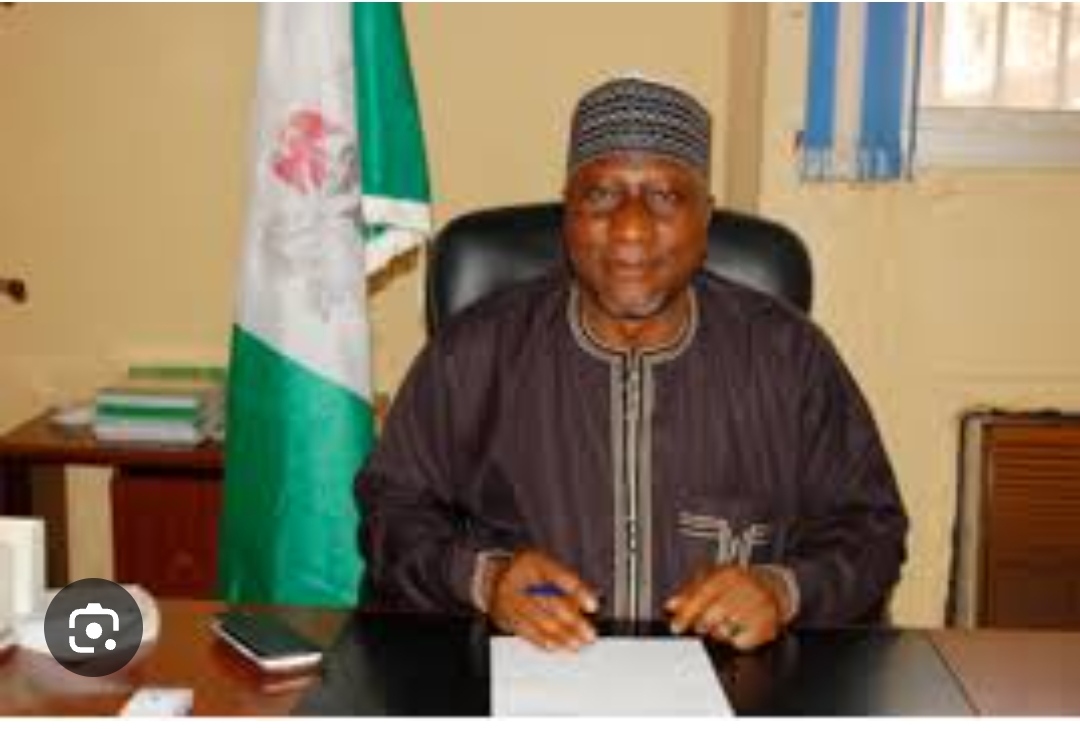Close to five million Nigerians have participated in the National Youth Service Corps (NYSC) scheme. As of 2019, about 4.70 million Nigerians had already taken part in the programme and over a million have benefitted from its skills acquisition initiatives, according to former Director-General of the scheme, Brig-Gen. Shuaibu Ibrahim. At its inception in 1973, it started with 2, 364 graduates.
NYSC’s mission statement reads: “To inculcate discipline in Nigerian youths by instilling in them a tradition of industry at work, and of patriotic and loyal service to Nigeria in any situation they may find themselves.”
For context, the NYSC was founded three years after the Nigerian Civil War (also known as the Biafran War) of 1967 – 1970 in which the country lost between 500,000 and 3,000,000 people according to various estimates. The causes of death were famine, ethnic cleansing, and casualties on the battlefield.
In 1973, Decree No. 24 established the NYSC under General Yakubu Gowon’s administration as a result of the ethnic and regional politics that within ten years of Nigeria’s independence turned the country’s sociopolitical climate hostile.
The Nigerian Civil War showed Africa’s most populous country’s fault lines along ethnicity in its search to forge a national identity out of the diversity it comprises.
A definition on Wikipedia says Nigeria is a multinational state inhabited by more than 250 ethnic groups speaking 500 distinct languages, all identifying with a wide variety of cultures. The three largest ethnic groups are the Hausa in the north, Yoruba in the west, and Igbo in the east, together constituting over 60 per cent of the total population.
Some concepts worth highlighting are ‘multinational’, ‘state’ ‘ethnic groups’ ‘largest ethnic groups’. It means Nigeria is a state with many nations. This has magnitude. These ethnic forces can be centrifugal, leading away from the possibility of a Nigerian Dream, a national aspiration.
Even while foreign ministries and international organisations view Nigeria as a typical nation-state, this is not the case. Nigerians are not connected by a shared language, religion, culture, or historical narrative, hence it is not truly a nation.
The government is weak and getting weaker, and it fails to ensure the security of its residents, which is a fundamental component of any state. As a result, it is not exactly a state.
Instead, former diplomat and Africa expert, Ambassador John Campbell refers to Nigeria as a prebendal archipelago, in which the corrupt elites misappropriate public funds for their own benefit, out of self-interest, while preventing the state from disintegrating owing to ethnic and religious disputes.
Read also: NYSC at 50: 12 interesting facts to know
Nigeria’s Odyssey to nationhood
Nigeria’s move toward independence was largely spearheaded by the British rather than a nation-wide independence movement that crossed ethnic divisions. What this means is that each ethnic group kept its identity, siloed and Nigeria lost a chance to fashion a national aspiration – the Nigerian Dream through a common struggle. This has consequences and the Civil War was one such avoidable outcome.
Unlike Nigeria’s fragmented ethnic divisions at independence, a unifying revolution gave birth to the United States of America. The American Revolution, also known as the American War of Independence, was the uprising that took place in 13 of Great Britain’s North American colonies between 1775 and 1783, resulting in the establishment of the independent United States of America, which was established with the signing of the Declaration of Independence in 1776. This helped in forging an American Dream.
The American Dream’s proponents frequently assert that the Declaration of Independence’s assertion that “all men are created equal” and have the right to “life, liberty, and the pursuit of happiness” is the source of the American Dream. The question at this point would be what is the point of comparing Nigeria, a lower-middle income country to the USA, an advanced economy. Truth is that the USA has not always been an advanced country but this is beyond the scope of this editorial.
Here is the main reason for the comparison. As of the time of the American War of Independence, the country was multinational as well because immigration to the 13 colonies increased after 1700. A wave of 450,000 immigrants came mostly from Germany, Ireland, and Scotland. A few others came from Italy, Poland, Portugal, Sweden, Wales, Denmark, and the Ukraine.
One may argue that it was easier to form an American Dream because the immigrants were largely from Great Britain and continental Europe. However, this will be misleading because these individuals represented first their national roots and paid allegiance to their various nations of origin. But above all their common struggle against the British monarchy started the formation of a new national identity in the so-called new world.
NYSC and a Nigerian Dream
Having missed opportunities in the past to forge a national aspiration, a Nigerian Dream, the NYSC scheme presents Nigeria with a continuing opportunity to build a national aspiration, a Nigerian Dream.
It became necessary to promote national integration and togetherness after the Biafran War. One of the tools used was the National Youth Service Corps. It served as a post-war policy to reduce threats, promote national integration and unity, rebuilding, nation-building, and defense.
The assignment of participants to states other than their home states is essential to the NYSC’s objectives. The 1993 decree states that the goal of this programme is to expose young people to many religions, customs, and civilisations in locales where their abilities can benefit local government (NYSC Decree 1993).
The NYSC programme was somewhat effective in its early years. Postings of university graduates to states other than their home states exposed them to cultures and practices that were different from their own.
They had the chance to socialise with different people and learn about various languages and cultures. While serving their country, some were able to find employment and even meet the person who would become their spouse. If both parties were Corps members, the Nigerian government would pay the wedding expenses.
Some Corps members settled in the locations of their primary assignment after finding them to be comfortable. This helped to promote unity among Nigerians by encouraging certain interethnic unions. This is a prerequisite to crystallising public opinion around a modern understanding of Nigerianness.
People were supposed to travel to the area to which they had been posted. Every Corps member must therefore show up at the location of their primary assignment. However, most people today dislike traveling to some parts of the country. Insecurity may cause some people to redeploy.
Others have been passed over by their employers for primary assignment mostly owing to a lack of available employment. While some people are given tasks that are beyond their capabilities, others are left unemployed and unable to develop the necessary skills.
Sometimes participants would use health issues or other circumstances as justifications to stay in the states where they were born, making the programme ineffective.
Each year, thousands of National Youth Service Corps graduates are discharged without a job prospect or a timetable for finding one. Many recent grads are deterred from participating in the activity because of this.
The NYSC’s lack of effectiveness can also be attributed to the inspectors from the Corps’ lax oversight. There is little to no inspection done to check on the effectiveness of the Corps members after they have been posted to their areas of primary assignment.
Despite the programme’s flaws, it has contributed to the development of a sense of unity, brotherhood, and togetherness among Nigerian young adults, regardless of their cultural or social backgrounds.
Fifty years later, it is time to change the overriding goal of establishing the NYSC from national integration to national transformation.












